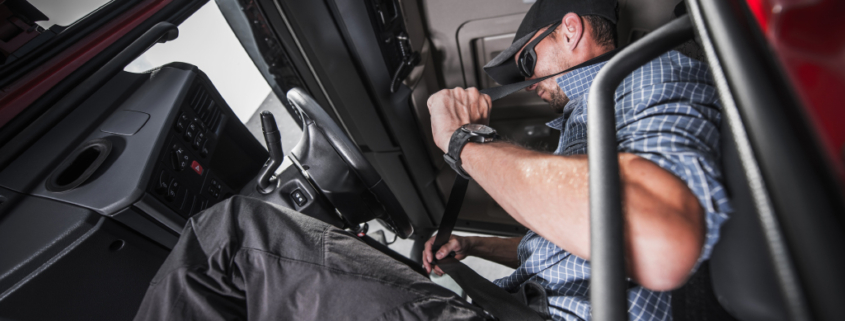4 policies every fleet safety program should have
Rules, policies, and procedures are not “safety.” Safety and accident prevention come down to human behaviors. After all, rules won’t always stop your drivers from making unsafe choices. A fleet safety policy and related fleet safety programs will protect you from litigation and set the standard in place for your employees.
But why is a fleet safety policy important?
]The fact is, driving is the most dangerous thing your employees do. So, a fleet safety policy consists of rules and guidelines directly related to driving a company vehicle. To improve profits, it’s crucial to reduce your cost of loss. This is most effectively done by hiring safe employees and training them to be defensive drivers.
Fleet safety policies you must implement
- Journey Management
A journey management policy covers things like pre-trip and post-trip vehicle inspections, schedules, routes, and emergency procedures. The goal of a journey management policy is to ensure your drivers minimize their risk of breakdowns and other emergencies on the road. These emergencies are expensive and often dangerous.
- Distracted Driving
Distracted driving is the leading cause of accidents in the U.S. Most notably, distracted driving includes texting and driving. However, it also includes speaking with a hands-free device, day-dreaming, rubbernecking, talking to passengers, eating or drinking while driving, and much more. Distracted driving causes serious and even fatal accidents. That’s why you have a moral obligation to prevent distracted driving. You can also have a financial incentive.
Your distracted driving policy should include examples of distracted driving, a strict no-phones policy, and resulting punishments for breaking the policy.
- Seat Belts
The use and need of seat belts are so obvious that we don’t need to explain. But you must clarify it for your employees. Simply put: your drivers’ risk of death greatly increases when they refuse to wear a seat belt.
- Drugs & Alcohol
Similar to seat belt usage, this one is obvious. Drugs and alcohol use by drivers greatly increases the risk of collision. This includes alcohol, marijuana, stimulants, depressants, and more. Sadly, though, drug and alcohol use while driving is common in many industries. You must protect yourself and your employees from this with a drug and alcohol policy.
Fleet safety policies are crucial for establishing expectations, rules, procedures, and punishments regarding safety. Implementing them, you will have a drastic reduction in accidents, injuries, and cost of loss. The money you save will probably double what you invested to put the program into place.


